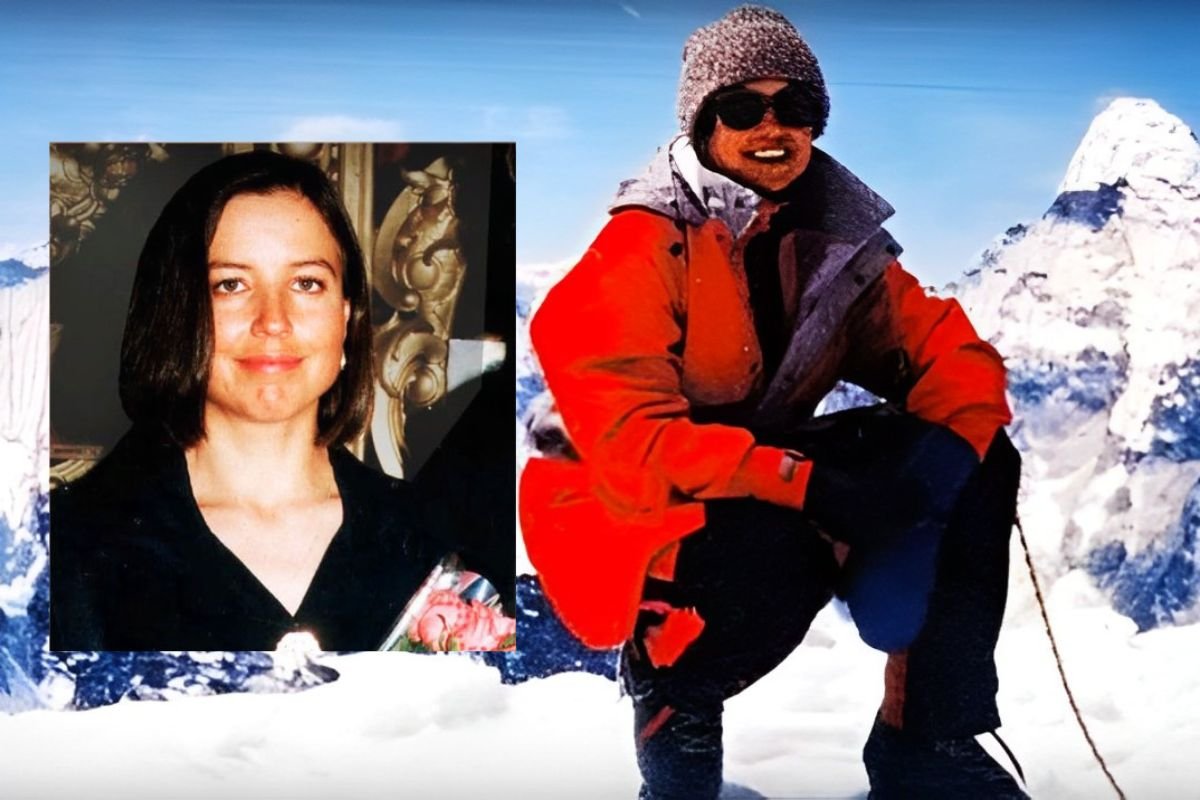Introduction
Mount Everest, the world’s highest peak, has long been a symbol of human ambition and perseverance. However, the same mountain that attracts climbers from around the globe also hides stories of tragedy frozen in time. One of the most haunting among them is that of the Everest Sleeping Beauty Face. The term refers to the preserved body of a climber who appears to be peacefully asleep, her serene expression earning her the name “Sleeping Beauty.” This story is not merely about loss; it’s a reminder of the mountain’s unforgiving nature and the thin line between glory and peril at high altitudes. In this article, we’ll explore the history, mystery, and meaning behind this chilling yet captivating phenomenon.
What Is the Everest Sleeping Beauty Face?
The Everest Sleeping Beauty Face refers to the body of Francys Arsentiev, an American mountaineer who perished on Mount Everest in 1998. Her lifeless form, lying on the north face of the mountain, appeared almost tranquil as if she were peacefully sleeping rather than frozen in death. Climbers who passed by described her calm, snow-covered features as eerily beautiful, leading to the nickname “Sleeping Beauty of Everest.” Her story became a legend not only because of her tragic fate but also because of the deep emotional response it evoked among the mountaineering community. It serves as a powerful symbol of how beauty and tragedy can coexist even in the harshest environments.
The Tragic Expedition of Francys Arsentiev
Francys Arsentiev and her husband, Sergei Arsentiev, set out in May 1998 to make history as the first American woman to climb Everest without supplemental oxygen. Their journey, however, took a devastating turn. After successfully reaching the summit, they were separated during their descent due to exhaustion and oxygen deprivation. Sergei attempted to rescue her but tragically lost his life in the process. Francys, unable to continue, was found by other climbers the next morning, barely alive but beyond help. Her story spread across the world, capturing hearts and sparking debates about the ethics of rescue missions on Everest. Her death revealed the brutal reality behind one of humanity’s greatest challenges survival against nature’s extremes.
Why the Name “Sleeping Beauty Face”?
The title “Sleeping Beauty” emerged from the hauntingly peaceful way Francys appeared even in death. Unlike most victims on Everest, whose features are distorted by frostbite and cold, her face seemed untouched, as though she were merely asleep in the snow. Climbers who passed by were struck by the serenity of her expression, a stark contrast to the mountain’s deadly reputation. This unusual preservation is due to the extremely low temperatures and thin air at high altitudes, which naturally mummify the body. Over time, her image became a symbol of the fragile beauty of human determination an eternal reminder that Everest demands respect from even the most skilled climbers.
The Symbolism and Legacy of the Sleeping Beauty of Everest
The Everest Sleeping Beauty Face symbolizes more than just tragedy; it represents the undying spirit of adventure and the risks that come with chasing extraordinary dreams. Francys Arsentiev’s story continues to inspire climbers and adventurers around the world to pursue their passions while understanding the dangers involved. Her legacy also raises awareness about the increasing number of bodies left on Everest a somber reminder of the mountain’s cost. In 2007, her body was respectfully moved from the open trail by a team of climbers, allowing her to rest in peace. Her tale now stands as both a cautionary story and a tribute to courage, endurance, and the will to conquer nature’s mightiest challenge.
Lessons Learned from the Everest Sleeping Beauty Face
The tragedy of the Everest Sleeping Beauty teaches valuable lessons to future climbers and adventurers. It emphasizes the importance of preparation, teamwork, and humility in the face of nature’s power. No summit is worth a human life, and no goal should come at the cost of safety. Her story reminds us that while human ambition drives exploration, it must always be balanced with respect for the forces of nature. In a broader sense, it highlights how every great achievement carries risks and that even in death, some stories can inspire generations to climb higher, live bolder, and appreciate the fragile beauty of existence.
Conclusion
The Everest Sleeping Beauty Face remains one of the most haunting and unforgettable images in mountaineering history. Beyond the tragedy, it tells a deeper story of love, courage, and the human spirit’s unyielding drive to reach new heights. Francys Arsentiev’s serene expression, frozen in time, is both heartbreaking and inspiring a reminder that every explorer who dares to touch the sky must first make peace with the possibility of never returning. As long as climbers continue to dream of Everest, the legend of the Sleeping Beauty will endure whispering lessons about life, death, and the eternal pursuit of greatness.
FAQs
Q1: Who was the Sleeping Beauty of Everest?
The “Sleeping Beauty of Everest” was Francys Arsentiev, the first American woman to climb Mount Everest without supplemental oxygen, who tragically died during her descent in 1998.
Q2: Why is she called the Sleeping Beauty?
Climbers gave her this name because of her peaceful, untouched appearance after death, resembling someone in a deep sleep despite the harsh conditions of the mountain.
Q3: What happened to Francys Arsentiev’s body?
Her body remained visible for nearly a decade before a climber-led expedition moved it to a less exposed location in 2007 out of respect.
Q4: What lesson does the Sleeping Beauty story teach?
It teaches that while ambition and courage define human progress, respecting nature’s limits is essential to survival and ethical exploration.
Q5: Is Mount Everest still dangerous today?
Yes. Despite advanced technology and equipment, Everest remains one of the most dangerous places on Earth, with extreme weather, altitude sickness, and limited rescue options posing serious risks.









